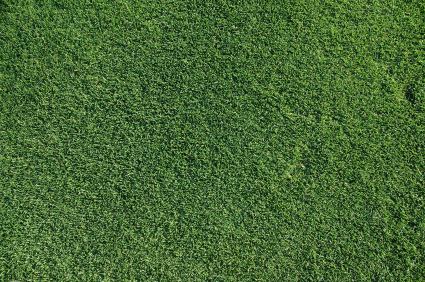Should Bermuda Grass Be Cut Short

If you want a beautiful bermuda or zoysia lawn this summer you need to scalp it this spring.
Should bermuda grass be cut short. The number one mistake made at this time of the year is to allow the Bermuda grass to grow tall. For a 2-inch cut mow when the grass reaches 3 inches. Mowing height recommendations vary depending upon the type of Bermuda grass.
Bermuda grass is a quick growing grass that likes to be cut short. This extra height will act as insulation for roots rhizomes and stolons over the winter. Normally people think of scalping a lawn as something bad that happens when your mower blades are dull set too low or when you have uneven terrain causing the.
Remove no more than one-third of the leaf area with any one mowing. For a 1-inch mowed height the grass should be allowed to grow only to 15 inches. Generally youd let the lawn grass grow to three inches high and cut it weekly back to two inches.
A good rule of thumb never cut more than the top third of the grass blade off. When it gets too tall the top 13 of the grass stays green while the other 23 does not receive enough light and gets woody. Click to see full answer.
When Bermuda gets too tall what happens is that the bottom 23s of the grass gets woody because now it is not getting enough light where the top 13 stays green. Trimming a smaller amount is even better. Scalping refers to when you cut your grass too low to the point of exposing the stem tissues leaving the grass with a.
Otherwise it could stress the plant and cause unsightly browning. Unlike common Bermuda grass which has an inch-long stem hybrid Bermuda grass varieties have been cross-bred to have shorter stems and low-lying crowns. How short should bermudagrass be cut.

Can you cut Bermuda grass too short.
Should bermuda grass be cut short. Bermuda grass needs to be kept much lower than fescues and other grasses. Bermuda grass emerges from winter dormancy when night temperatures reach and exceed 60 degrees Fahrenheit. Normally people think of scalping a lawn as something bad that happens when your mower blades are dull set too low or when you have uneven terrain causing the.
Once you have recognized that a longer lawn is healthier than a crew-cut lawn be careful not to go to extremes by letting the grass grow to six or eight inches or more between mowings. Unlike common Bermuda grass which has an inch-long stem hybrid Bermuda grass varieties have been cross-bred to have shorter stems and low-lying crowns. When Bermuda gets too tall what happens is that the bottom 23s of the grass gets woody because now it is not getting enough light where the top 13 stays green.
Otherwise it could stress the plant and cause unsightly browning. Generally youd let the lawn grass grow to three inches high and cut it weekly back to two inches. The fence install is coming along nicely as well.
Common bermudagrass should be mowed at the highest recommended heights. Set the mowing height at 1 to 2 inches for Common bermudagrass and 12 to 112 inches for hybrid varieties. However the height of the grass may have to be adjusted for uneven lawns.
Forget the lawn-mowing myth that says the shorter you mow grass the less often youll have to cut it. Bermuda grass likes to be cut short as it is a quick-growing type of grass. Even if you lowered your mowing height to a mere 5 inches you would probably need to mow your hybrid Bermuda Grass lawn every 2-3 days.
Years ago turfgrass researchers found that they could breed bermudagrass to have a low crown and a shorter stem. Bermuda grass is a quick growing grass that likes to be cut short. Trimming a smaller amount is even better.

Remove no more than one-third of the leaf area with any one mowing.
Should bermuda grass be cut short. The lower the mowing height the more frequently you will need to mow. For a 15-inch cut mow the lawn when it reaches 225 inches in height. Click to see full answer.
Youll want to avoid cutting your Bermuda turf too short as this will cause damage to the grass by way of scalping and bare spots. Bermuda grass is a quick growing grass that likes to be cut short. Years ago turfgrass researchers found that they could breed bermudagrass to have a low crown and a shorter stem.
For this reason when mowing you cut the green part off and the lawn turns brown. Fertilizer requirements are slightly higher at higher mowing heights because of the presence of more plant material. For most homeowners Bermuda should be cut between 34 and 15 depending on the equipment you have.
However the height of the grass may have to be adjusted for uneven lawns. If you allow Bermuda grass to grow tall it will start to produce brown shoots. Set the mowing height at 1 to 2 inches for Common bermudagrass and 12 to 112 inches for hybrid varieties.
Eventually it will fill in. As you may know weather patterns can easily flip-flop between warm and cold. You should not remove the clipped grasses.
Otherwise it could stress the plant and cause unsightly browning. Bermuda grass emerges from winter dormancy when night temperatures reach and exceed 60 degrees Fahrenheit. Bermuda grass likes to be cut short as it is a quick-growing type of grass.








